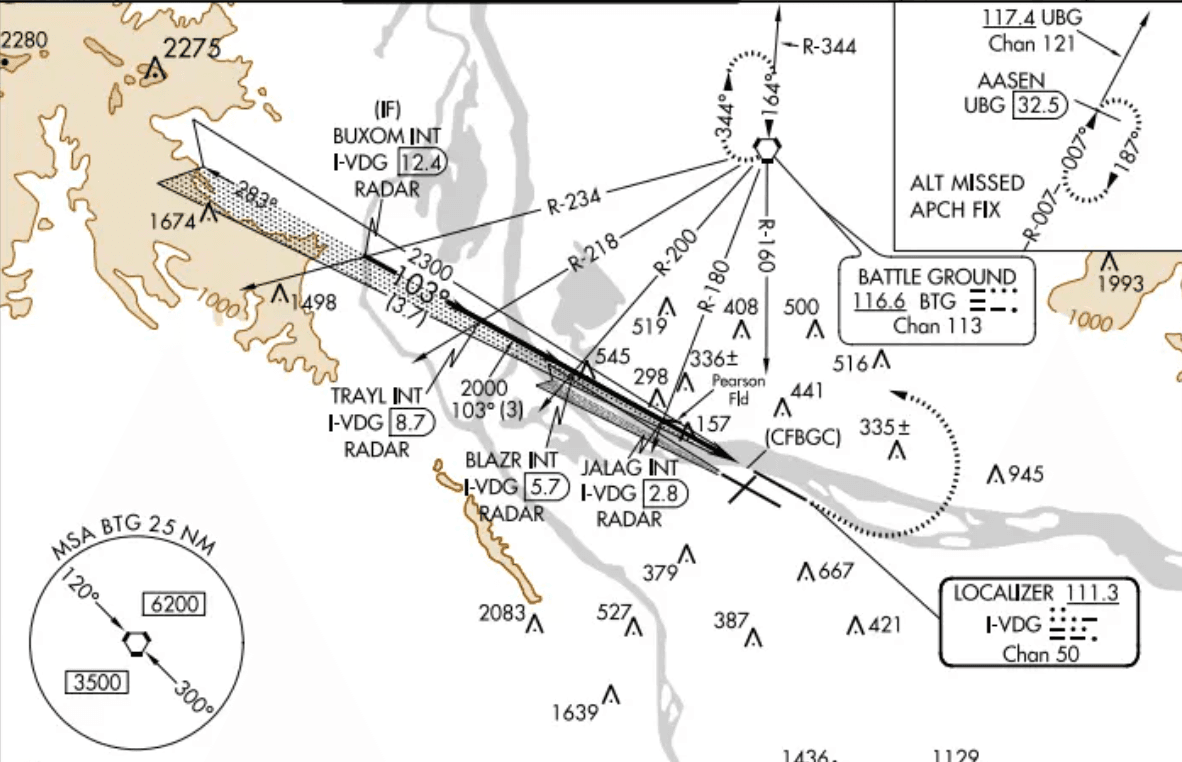
When delving into the world of aviation, one might come across various acronyms and terms, with IFR being one of the most crucial. IFR stands for Instrument Flight Rules, a set of regulations and procedures that govern aircraft operations when a pilot cannot rely on visual cues to navigate. This article explores the significance of IFR, how it works, and why it plays a critical role in aviation safety.
IFR is a set of guidelines used by pilots to operate an aircraft when visibility is limited due to weather conditions such as clouds, fog, or heavy rain. Unlike Visual Flight Rules (VFR), which rely on the pilot’s ability to see and avoid obstacles, IFR operations depend on instruments and communication with air traffic control (ATC). Pilots use instruments to determine their position, altitude, and flight path, ensuring safe navigation even when external visibility is compromised.
To fly under IFR, a pilot must hold an instrument rating in addition to their private or commercial pilot’s license. This certification demonstrates their ability to interpret flight instruments, communicate effectively with ATC, and follow the complex procedures required for IFR operations.
Aviation is a dynamic environment where weather conditions can change rapidly. IFR provides a framework that allows aircraft to operate safely in adverse conditions. Key benefits include:
Safety in Low Visibility: IFR enables pilots to fly safely through clouds, fog, and other conditions where visual navigation is impossible.
Efficient Air Traffic Management: With IFR, ATC can manage multiple aircraft in the same airspace, ensuring safe separation and reducing the risk of collisions.
Access to Controlled Airspace: IFR is mandatory for flights in Class A airspace (typically above 18,000 feet in the U.S.) and heavily controlled areas like busy airports.
Capability for All-Weather Operations: Airlines and commercial operators rely on IFR to maintain schedules despite challenging weather conditions.
When flying under IFR, a pilot files an IFR flight plan with ATC, outlining the intended route, altitude, and destination. Once the plan is approved, ATC provides clearance and monitors the flight’s progress.
Navigation Instruments: Pilots use instruments like the altimeter, airspeed indicator, and attitude indicator to maintain control of the aircraft. Advanced systems like GPS, VOR (VHF Omnidirectional Range), and ILS (Instrument Landing System) assist in precise navigation.
ATC Communication: Continuous communication with ATC ensures pilots receive updated instructions, including altitude changes, headings, and weather advisories.
Standard Instrument Departures and Arrivals (SIDs and STARs): These are pre-defined routes that simplify navigation in busy airspace and ensure safe separation between aircraft.
Approach Procedures: For landing, pilots follow specific approach procedures, such as ILS approaches, to align with the runway even when visibility is near zero.
While IFR enables safer operations, it also demands high levels of skill and attention from pilots. Challenges include:
Complex Procedures: IFR involves strict adherence to ATC instructions and navigation protocols, leaving little room for error.
Mental Workload: Pilots must process a large amount of information, including instrument readings, weather updates, and ATC communications.
Dependence on Instruments: A failure in key instruments or navigation systems can create significant challenges, emphasizing the importance of redundancy and backup systems.
Instrument Flight Rules (IFR) are a cornerstone of modern aviation, ensuring that flights can operate safely and efficiently regardless of weather conditions. By relying on advanced instruments, strict procedures, and seamless coordination with ATC, IFR has made air travel more reliable and accessible. Whether it’s a commercial airliner flying through thick clouds or a private pilot navigating through fog, IFR ensures that the skies remain safe for all.
Back to Articles